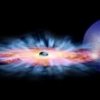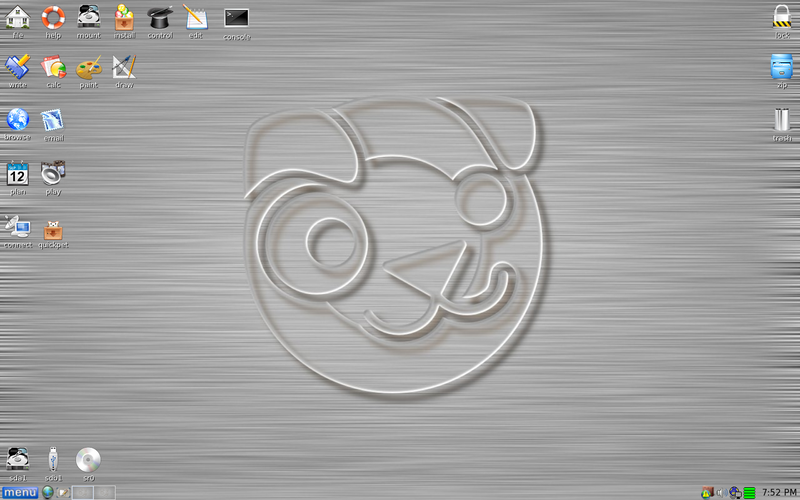Are you saying there is no Boot priority tab in your bios?
I am not a techie but I have heard of cases of locked bios or some sort of corruption where that can be the case.
I will ask in the tech staff section here if they know about this, but before I do and just to make sure, here are some other instructions that might be easier to follow:
To set your computer BIOS to boot from a CD
1. Restart your computer. Watch the start-up instructions that are displayed on-screen.
A message will be displayed instructing you to press a named key (often F2, F12, or Delete) to go into settings/setup/configuration. (The key and the message will vary according to the type of computer that you are running.)
Press this key to enter the BIOS setup mode.
(If your computer is particularly fast, it may remove the message before you have the chance to press the key; in this case, try pressing the key once a second, starting the moment you reboot.)
Some examples:
- On a Dell computer, you should hit F2 to enter the BIOS.
- Other computers may require you to hit the DEL (Delete) button to enter the BIOS.
- On newer computers, you may be able to hit F12 to select a temporary boot device rather than changing the permanent boot sequence in the BIOS itself. If your computer offers this option, simply select the CD or DVD drive containing the antivirus CD as your temporary boot device, and skip steps 2 and 3.
2. In the BIOS window, find the area that controls the boot sequence and rearrange the list of devices so that your CD or DVD drive is checked before your hard drive.
For most situations, a suitable sequence is:
1. A (Floppy)
2. CDROM (or DVDROM)
3. HD1 (or C).
If your drives are listed in this order, then when you keep the CD in your CD or DVD drive during a reboot, your computer will be told to run and check for viruses on your system. (If the hard drive is listed earlier than the CD drive, your computer will not detect the CDs presence and will simply boot into Windows.)
3. Save the settings and exit.
4. When your computer reboots, it will check the CD or DVD drive containing the disk before it checks the hard drive.
Thanks to Cities site University of Illinois for these instructions
---------------------------------------------------------------
If you still have no luck come back and tell me. ![]()

 This topic is locked
This topic is locked














 Sign In
Sign In Create Account
Create Account

